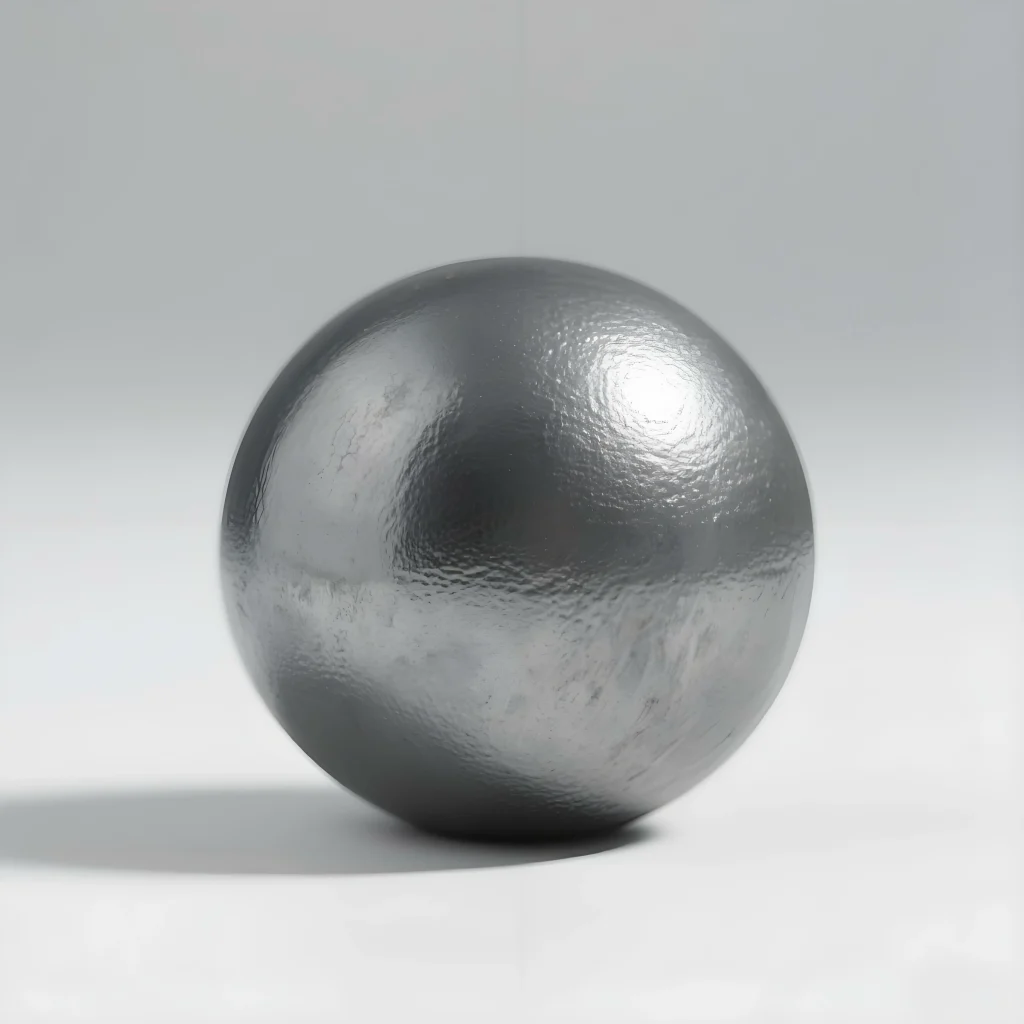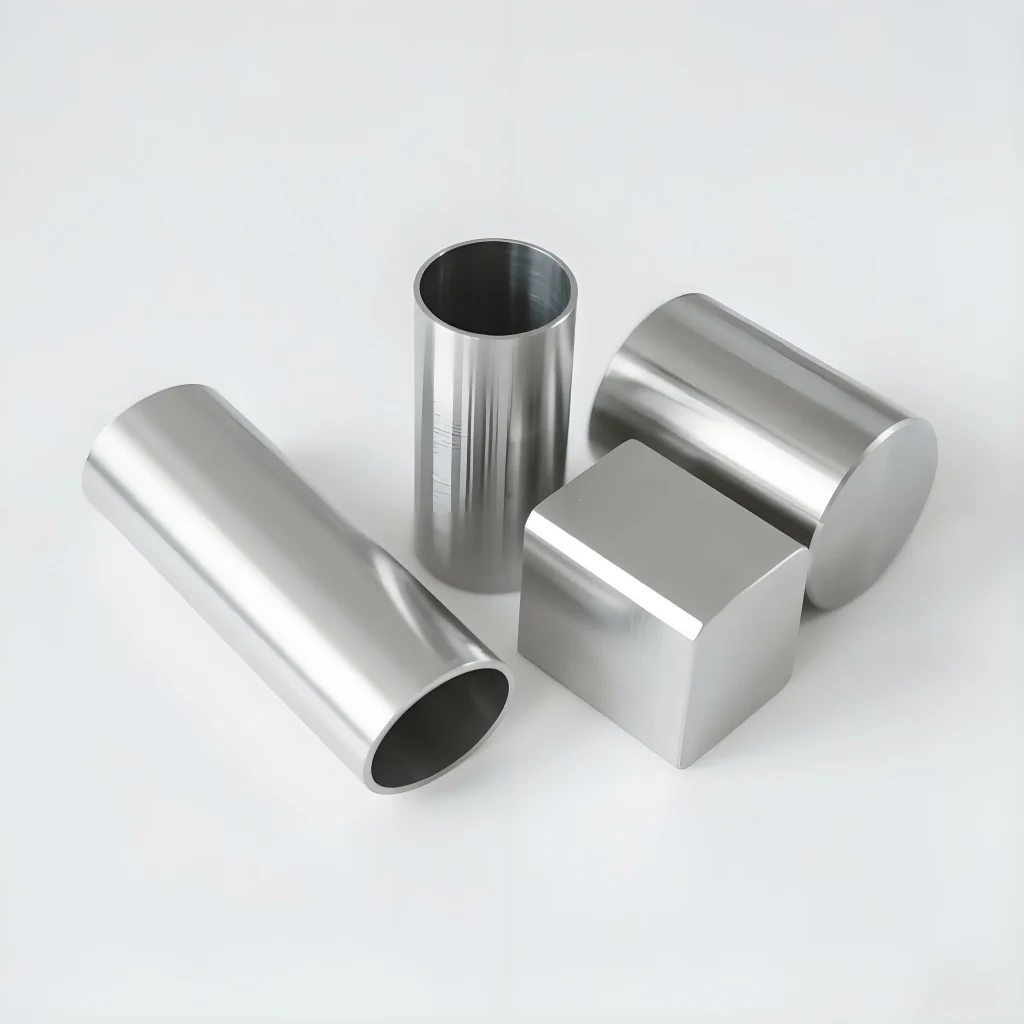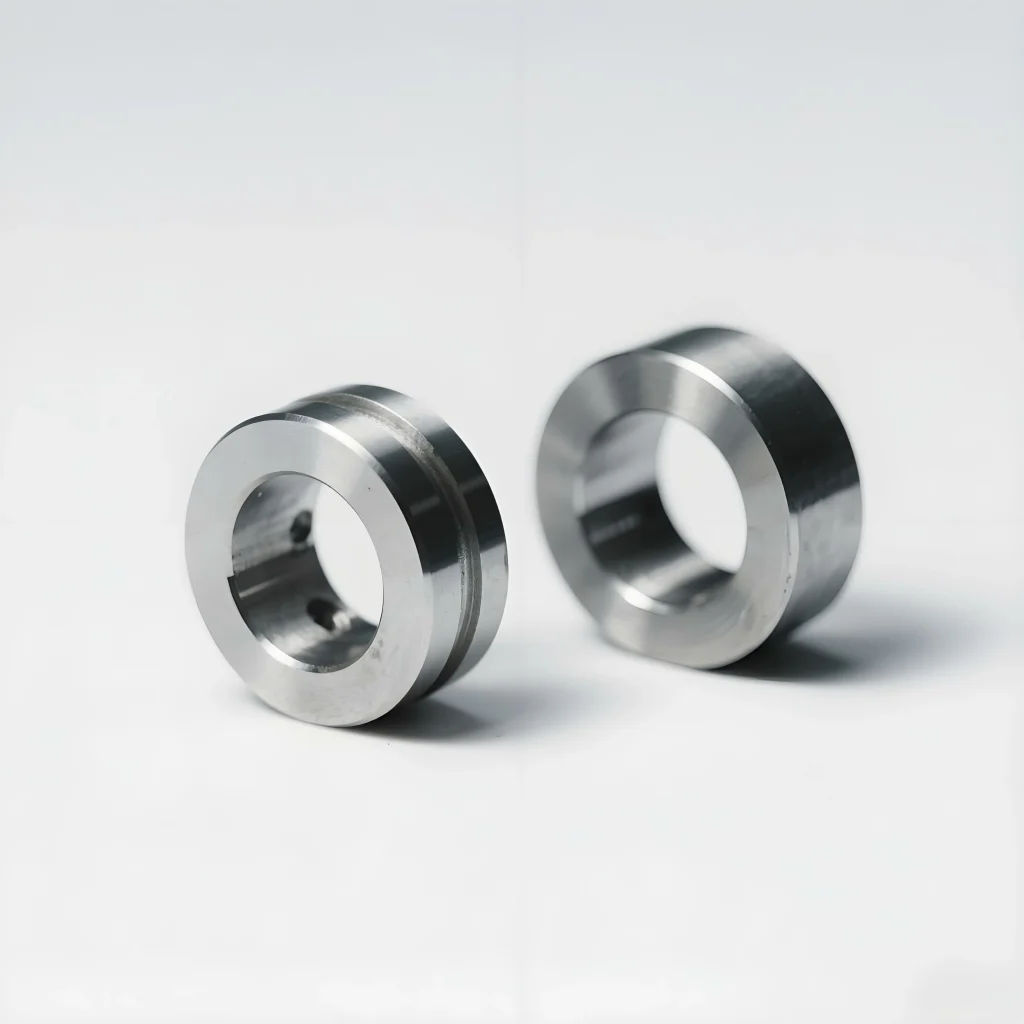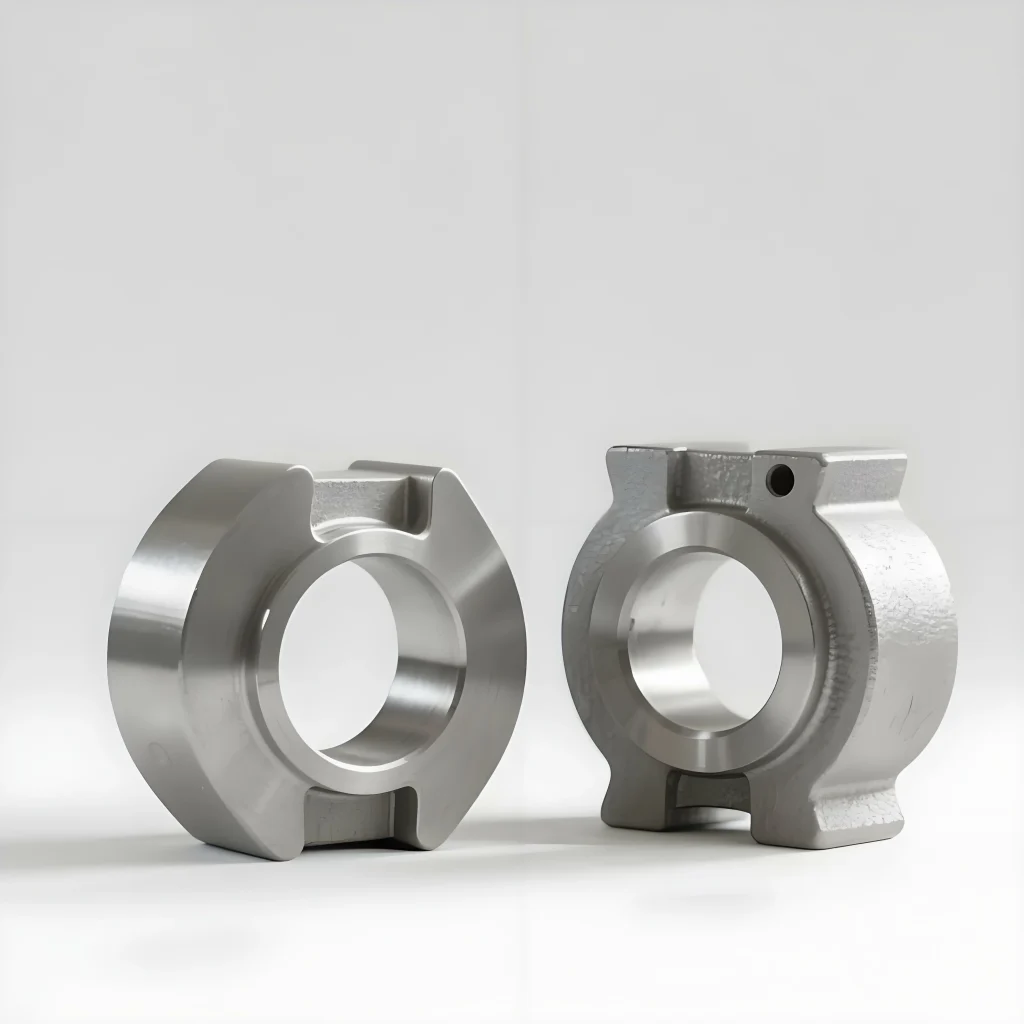1.A Comprehensive Guide to Investment Casting Alloys & Materials
Choosing the right metal alloy is one of the most critical decisions in the investment casting process. The material you select directly impacts the final part’s strength, weight, corrosion resistance, and cost. At Welleshaft, we specialize in transforming complex designs into high-quality, precision parts, and our expertise begins with helping you navigate of investment casting materials.
Our engineering centric team understands the challenges of producing advanced components. We don’t just cast metal; we partner with you to determine the ideal investment casting alloy for your specific application. This guide will walk you through the material options, their applications, and why Welleshaft is the trusted investment casting manufacturer for companies that demand quality and precision.
2.What is Investment Casting?
Before we explore alloys, let’s understand what investment casting is and how the process works. We call it the lost wax casting method, a precision technique that delivers parts with intricate details, tight tolerances, and excellent surface finishes.
The investment mold casting process involves several key steps:
- Tooling and Wax Pattern Creation: The process begins with creating an investment casting mold or “tool,” typically from aluminum. Hot investment casting wax is injected into this mold to create an exact replica of the final part.
- Wax Tree Assembly:Multiple wax patterns are then attached to a central wax rod, known as a “gate” or “runner,” forming a structure that looks like a tree. This casting tree allows for the production of multiple investment casting parts in a single pour.
- Shell Building (Investment):The wax tree is dipped repeatedly into a ceramic slurry and then coated with a fine sand stucco. This casting and moulding process is repeated until a thick, robust ceramic shell forms around the wax patterns. This is the “investment” shell.
- Dewaxing:The ceramic shell is placed in a high-temperature autoclave or furnace. The heat melts the wax, which flows out, leaving a hollow, negative image of the parts inside the shell—hence the term “lost wax.”
- Pouring the Molten Metal: The chosen molten metal alloy is poured into the preheated, hollow ceramic shell. The metal fills every intricate cavity, forming the cast metal parts.
- Shell Removal and Finishing: After the metal solidifies, the ceramic shell is broken away. The parts are then cut from the central tree, and finishing operations like sandblasting, grinding, and CNC machining are performed to meet the final specifications.
This meticulous investment casting procedure is why the method is favored for producing complex geometries that are difficult or impossible to create with other manufacturing techniques.
3.Choosing the Right Investment Casting Alloy
The versatility of investment casting is largely due to the nearly limitless variety of casting alloys that can be used. These materials are broadly categorized into ferrous (iron-based) and non-ferrous alloys. At Welleshaft, our investment foundry has deep expertise in casting both.
Ferrous Alloys: Steel and Iron Castings
Ferrous alloys are known for their strength, hardness, and durability, making them a cornerstone of industrial applications.
1.Stainless Steel Investment Casting
Stainless steel casting is one of our core competencies. These alloys are celebrated for their exceptional corrosion resistance and aesthetic appeal.
- Austenitic (300 Series Stainless Steel):This is the most common group. Cres 300 series stainless steel alloys like 316 SS investment castings and 304 are known for their excellent toughness and corrosion resistance. They are a top choice for marine, medical, and food-grade applications.
- Martensitic (400 Series Stainless Steel):When hardness and wear resistance are critical, martensitic stainless steel is the answer. Alloys like stainless steel 420 (420 SS) and 440c stainless steel can be heat-treated to achieve very high strength levels, making them ideal for knives, surgical instruments, and valve components. We are a leading supplier of 400 series steel investment casting.
2.Alloy & Carbon Steel Casting
For applications demanding high strength and impact resistance without the cost of stainless steel, carbon and alloy steel investment castings are an excellent choice. We work with a range of grades, including popular choices like 4130 alloy steel investment casting, to produce durable components for industrial machinery and automotive use.
3.Ductile Iron Castings
Ductile iron castings offer a unique combination of strength, wear resistance, and cost-effectiveness. With a microstructure that provides excellent ductility, it’s a reliable material for agricultural equipment, automotive parts, and pump housings.

Non-Ferrous Alloys: Aluminum, Copper, and Nickel
Non-ferrous alloys provide unique properties like light weight, high conductivity, and superior performance at extreme temperatures.
1.Aluminum Investment Casting
Aluminium investment casting is prized for its lightweight properties, thermal conductivity, and natural corrosion resistance.
- A356 Investment Casting:This is a primary aluminum casting alloy we work with. A356 cast aluminum provides an excellent combination of castability, strength, and pressure tightness, making it a go-to choice for aerospace castings, automotive parts, and complex housings.
2.Copper-Based Alloys (Brass & Bronze)
Brass investment casting and bronze casting offer excellent thermal and electrical conductivity, corrosion resistance, and good bearing properties. These alloys are often used for plumbing fixtures, electrical connectors, and ornamental hardware. We also have expertise in high-performance copper alloys like beryllium copper.
3.Nickel-Based & Cobalt-Based Alloys
When performance in extreme environments is non-negotiable, nickel alloy casting and cobalt chrome casting are the ultimate choices. These superalloys maintain their mechanical strength at very high temperatures, making them essential for turbine blades in aerospace investment casting and for medical investment castings like orthopedic implants.

Investment Casting Materials Comparison Table
| Alloy Category | Common Grades | Key Characteristics | Common Applications |
| Stainless Steel (Austenitic) | 304, 316 SS | Excellent corrosion resistance, good formability, non-magnetic. | Marine hardware, food processing equipment, medical devices. |
| Stainless Steel (Martensitic) | 410, 420 SS, 440C | High hardness, good strength, wear-resistant, magnetic. | Knives, surgical tools, valve components, firearm parts. |
| Alloy Steel | 4130, 4340 | High strength, toughness, good machinability. | Gears, structural components, workholding applications. |
| Aluminum Alloys | A356, A357 | Lightweight, high strength-to-weight ratio, excellent thermal conductivity. | Aerospace castings, automotive parts, electronic housings. |
| Nickel-Based Alloys | Inconel®, Hastelloy® | Superior high-temperature strength, extreme corrosion resistance. | Jet engine components, chemical processing equipment. |
| Cobalt-Based Alloys | Cobalt-Chrome | Excellent wear and heat resistance, biocompatible. | Turbine blades, medical implants, dental prosthetics. |
| Copper-Based Alloys | Brass, Bronze, Beryllium Copper | High conductivity, good corrosion resistance, excellent bearing surface. | Bushings, bearings, plumbing fixtures, electrical parts. |

4.Precision Casting for Demanding Industrial Applications
Welleshaft has been a trusted casting supplier for customers across the world’s most demanding industries. Our ability to produce everything from versatile aluminium investment casting parts to specialized defense castings makes us a vital partner. Our experience spans:
- Aerospace:We produce complex airfoil castings and structural components where lightweight strength and reliability are paramount.
- Military & Defense: Our foundry manufactures rugged defense castings,including components for firearms like the 1911 aluminum frame and other critical hardware.
- Medical Devices & Equipment:We are a premier source for medical investment castings, creating surgical instruments and implantable devices from materials like cobalt-chrome and stainless steel.
- Agricultural & Heavy Equipment: We provide durable ductile iron and steel investment casting parts for construction machinery and agricultural applications that withstand extreme wear.
- Hand Tools & Power Equipment:We cast everything from power tool housings to high-strength hand tool components.
- Automotive/Truck Parts: Our automotive castings are used in engines, transmissions, and chassis systems.
- Pump & Valve Castings:We produce pressure-tight castings for a wide range of fluid handling applications.
- Door & Lock Security Hardware:We provide high-quality, durable components for the security industry.
5.The Welleshaft Advantage
When searching for “investment casting companies near me,” you will find many options. However, Welleshaft offers a level of service and expertise that sets us apart.
- Engineering-Centric Focus:We are more than just a metal foundry; we are engineering partners dedicated to optimizing your design for the casting manufacturing process.
- In-House Tooling: We design and build your casting tooling and investment casting molds in-house for faster lead times and superior quality control.
- Complex Geometry Experts:We have extensive experience with intricate, hard-to-manufacture investment casting components.
- High-Volume Capability: Our state-of-the-art investment casting foundry is equipped to handle high-volume production runs with consistent, repeatable quality.
- One-Stop Shop: With in-house CNC machining, heat treating, and non-destructive testing (NDT) services, we deliver finished, assembly-ready parts. This simplifies your supply chain and ensures total casting quality inspection.
6.People Also Ask (FAQ)
-
What is the difference between investment casting and die casting?
The main difference lies in the mold material. Investment casting vs die casting is a key comparison. Investment casting uses an expendable ceramic shell, which allows for the casting of high-temperature ferrous alloys like steel. Die casting uses a reusable steel die, limiting it to non-ferrous metals with lower melting points like aluminum and zinc. Investment casting is better for complex designs and a wider range of alloys.
-
What are the main benefits of investment casting?
The key benefits of investment casting include design freedom for highly complex parts, excellent as-cast surface finish (reducing machining needs), tight dimensional tolerances, and the ability to cast a vast range of both ferrous and non-ferrous metals.
-
Which stainless steel is best for casting?
It depends on the application. For corrosion resistance, austenitic grades like 316 SS are often best. For high hardness and wear resistance, a martensitic grade like 420 SS or 440C stainless steel is superior. Our experts can help you choose the perfect grade.
-
How do you ensure casting quality?
Our casting quality control process is rigorous. It starts with robust process controls and is verified with advanced casting quality inspection methods, including our on-site non-destructive testing lab (X-ray, magnetic particle, and liquid penetrant inspection).
7.Contact Welleshaft Today for Your Casting Needs
Welleshaft is dedicated to being your premier investment casting supplier. With industry-leading casting quality, advanced testing and inspection, and a commitment to customer success, we are the trusted source for premium-grade precision investment casting services.
If you’re ready to start your next project, contact us for more information or request a quote today. Our team of experts is ready to answer any questions you have about our investment metal alloy casting solutions.

